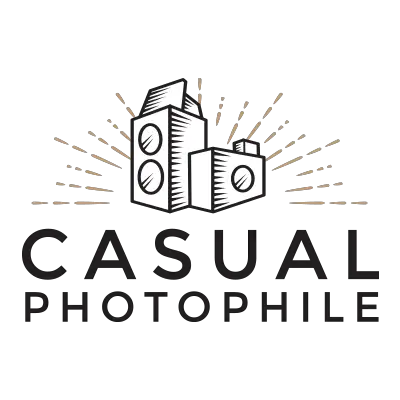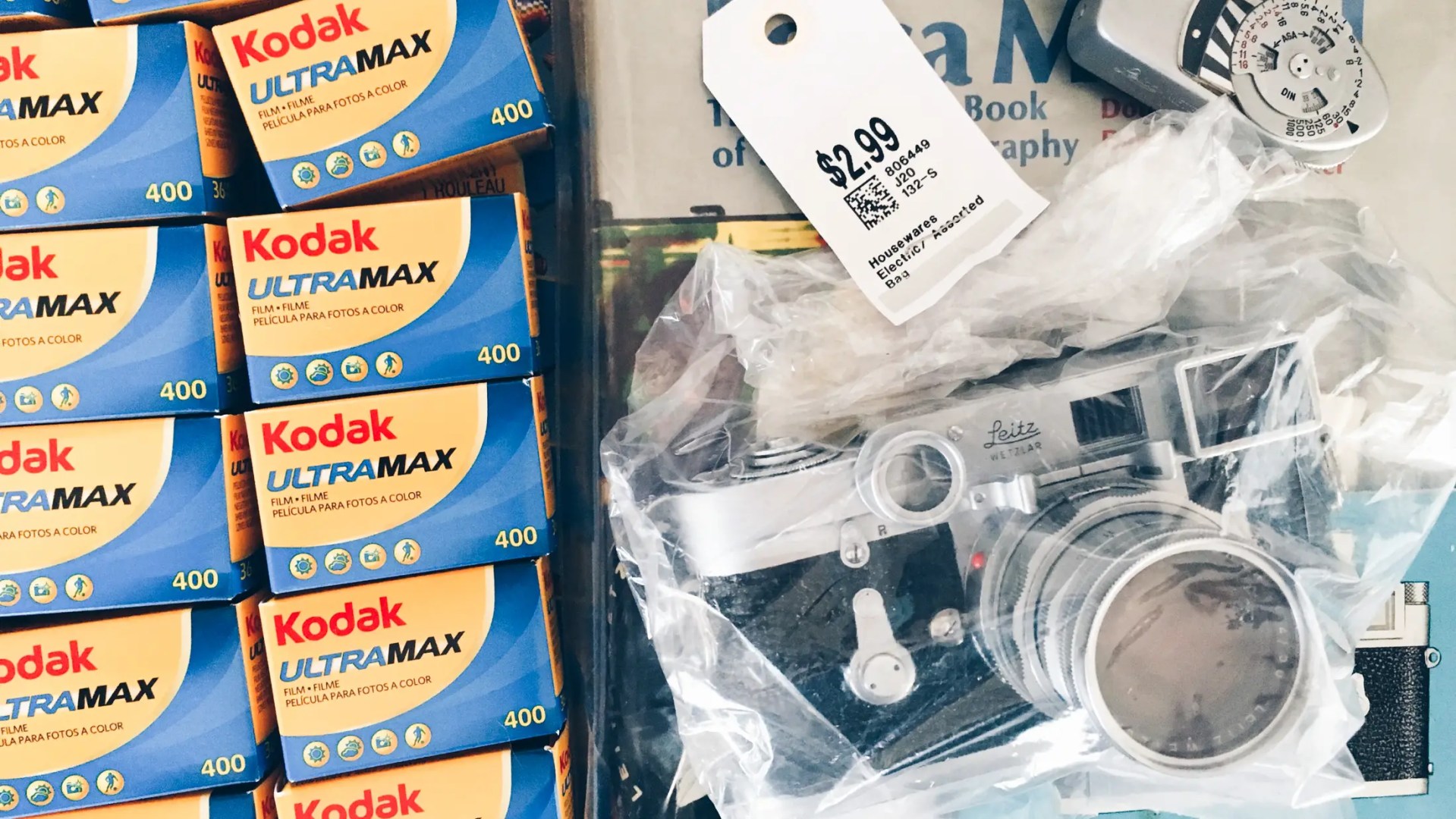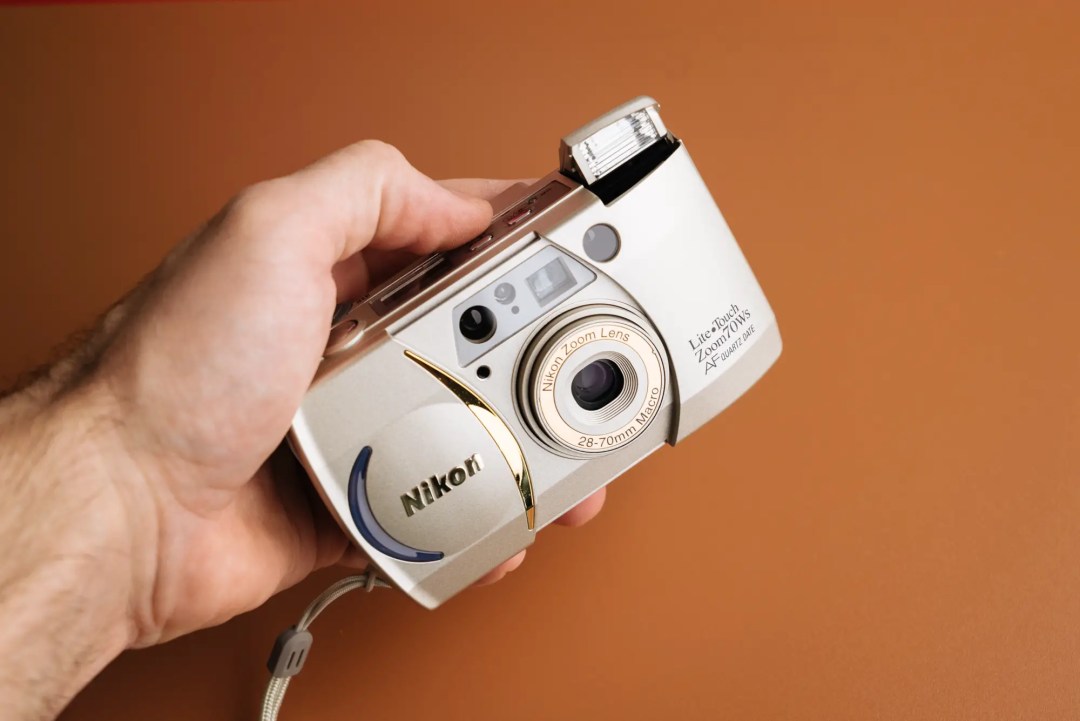In the five years that I’ve been hunting for and shooting cameras, the film camera economy has changed a lot (for better or worse). The rise in popularity of the medium has lead to some cameras being over-hyped – those special cameras spotted in movies or shows, or in the hands of a celebrity or influencer. And still other hidden gems are still out there waiting to be picked up and used. We just need to know where and how to find them. I’m here to help!
Here is some of the knowledge I’ve acquired over the years that has helped me add to my ever-growing collection of film cameras.
Where to find them
One of the positives to come from the film renaissance is the ability of the average hobbyist to obtain a film camera has greatly expanded. The past decade has seen a resurgence in the number of retail and online camera shops selling refurbished and tested cameras of all types. These wonderful shops have joined the old standards of local thrift shops and eBay, and each offers today’s camera buyer their own unique positives and liabilities. Here’s the break down.
Pros and Cons of Dedicated Camera Shops
- Low risk : Reputable camera shops sell tested or refurbished cameras that are guaranteed to work, and sometimes come with a warranty.
- Super convenient (like shopping for a new summer outfit).
- Decent choice : Depending on the site and what you’re looking for, online shops may or may not have something that tickles your fancy).
- Premium price : Buying from a shop comes with a higher cost. Shops take the time and money to test and/or fix the cameras up to guarantee their performance, thus the risk is low.
Pros and Cons of eBay
- Medium risk : Cameras are often sold untested, however some sellers take returns, and with eBay backing the transaction you’re usually protected.
- Somewhat convenient (also like shopping for a summer fit, except you have to shop around a lot and each seller may have a different buying method like buy it now, bids, offers, different conditions of the product, more or less accessories, etc., so it can take a bit of digging to narrow down the options)
- All the choices : Aside from the rarest of the rare, eBay is like the Google search engine of film cameras. I almost never have an issue finding someone that’s selling a camera I’m interested in.
- Market Price : eBay often costs less than a dedicated camera shop. Sometimes even some deals can be made to go below market value.
Thrift and Antique Stores
- High Risk : Most cameras we find thrifting are untested, collecting dust, and likely need a bit of elbow grease to get them up to snuff.
- Inconvenient : Aside from Goodwill having a website you can shop from, sorry in advance to your wallet, thrifting usually involves physically going to second hand stores and antique shops. But that’s beauty of it!
- Limited Choices : Thrifting is like hunting. You do it for the thrill and you go out not expecting to come back with anything. But when you score you SCORE. And it’s the adventure that brings you back. (I’ve never hunted a day in my life but this seems like a good analogy.)
- Bargain Deals : Most of the time these stores haven’t tested a thing which results in the risk level being so high. However it’s also why you could score big while spending so little.
Research, Research, Research
This is arguably the most important piece of advice, no matter where you choose to shop. You have to do your research.
Sites like the one you’re reading right now, old timey forums, and even the wonderful world of YouTube are your best friends. The beauty of shopping for film cameras is that they’ve all been reviewed in some capacity at some point in time. Which means you can find out about a camera’s strengths, weaknesses and the occasional quirk. This will save you from making avoidable mistakes like investing in a camera that has known reliability issues. It can also help you find a hidden gem.
For instance, I recently acquired a Canon T70. Before researching it, I didn’t really consider picking one up, but the design kept calling my name. The majority of my findings pointed to the fact these cameras have held up well overtime, can be found for relatively inexpensive and are part of a line up of Canon cameras that are some of the last to be compatible with their FD lenses. I scooped it up for just shy of $40 and it’s proven much of that research to be correct!
On the flip side, when you don’t research before hand you can end up with a paperweight. I found a Canon A35F, in remarkable condition via Goodwill. After I purchased it I did some digging and found this really to be an in-between model that was viewed as rushed to market and flawed in design, quickly replaced by a more capable and thoughtful model.
I crossed my fingers anyway, but despite my hopes and dreams, the camera was a lemon. The flash fired inconsistently, the film advance lever fires the shutter sometimes, the shutter doesn’t always open and sometimes just gets stuck. On the outside it’s beautiful and on the inside it’s a nightmare. It’s since been relegated to shelf decor.
Which brings me to the crux of the thing that is thrifting. It’s a gamble, no matter how you slice it. You’re entering a larger than life casino and you need to only put up what you can afford to lose. There is some low risk routes, as mentioned, but sometimes it just comes down to luck. You have a chance at coming out on top. However, be smart, do your research and if it’s too good to be true it almost certainly is.
The hunt for film cameras has some bonus perks. I have run into scenarios that involve getting some unexpected expired film along with the camera. I’m often introduced to accessories I hadn’t thought about before, but suddenly have the opportunity to try. From telephoto or macro lenses, a variety of filters, and countless camera bags that all have a unique character to them. It adds to the experience of it all, and sometimes those bonuses can turn a camera that doesn’t turn out to be so great into a purchase of value.
Don’t forget to have fun!
Whatever avenue you choose to find your first or next film camera, have fun with it. These cameras are often decades old and come in all shapes, sizes, and conditions. The story of your experience, getting your hands around the camera itself, can add to the journey you’re about to go on with it. Being able to experience film cameras from different eras that have seen many things is another element that makes shooting film so special to me. It’s a beautiful hobby and profession that connects people in a way that can be hard to put into words. I suppose that’s where pictures come in.


Buy a camera from eBay
Buy a camera from our shop at F Stop Cameras
Follow Casual Photophile on Youtube, Twitter, Facebook and Instagram
[Some of the links in this article will direct users to our affiliates at B&H Photo, Amazon, and eBay. By purchasing anything using these links, Casual Photophile may receive a small commission at no additional charge to you. This helps Casual Photophile produce the content we produce. Many thanks for your support.]




Nice article, Roberto.
I started buying old film cameras in thrift stores back in 2013 mainly for their lenses, which I adapted to my Olympus mirrorless. Pretty soon I had a small shelf of film cameras, which led me back to shooting film. The thrill of the hunt is definitely real, and made all the worse by G.A.S.
Your point about doing your homework is a double edged sword. Case in point, I would never have known about the Yashica T4 had it not been for this blog, and several others, and would likely not have bothered with it. Go figure, I would eventually go on to find not one, not two, but three of them in thrift stores for a grand total of less than $20. Two of those have gone on to new homes.
That said, I’ve been able to take cameras that I didn’t want or need and after cleaning, testing and re-sealing them, sell them at a reasonable profit to fund other, more desirable cameras that I wanted.
One thing I do want to point out is that online shops like UsedPhotoPro and KEH will often sell cameras with 6 month warranties for substantially less than what eBay sellers are asking. I just picked up a Polaroid SX-70 from UPP for $60 with its original leather case, manuals, and two partially used flash bars. The only flaw with it is the (plastic?) trim coverings, which are worn and cracked from age and easily replaced.
All that to say, that time, patience and some elbow grease are often your best friends when it comes to buying these beautiful classic cameras.